What Is Endoscopic Forehead Lift ?
Endoscopic forehead lift is a minimally invasive surgical procedure that is used to lift the forehead and eyebrows. It involves the use of an endoscope, which is a small camera that is inserted through small incisions in the scalp. The endoscope allows the surgeon to see the underlying muscles and tissues of the forehead and brow area without making large incisions.
During the procedure, the surgeon will use small instruments to lift and reposition the muscles and tissues of the forehead and brow area. This can help to smooth out wrinkles and lines on the forehead, and lift sagging eyebrows to create a more youthful and refreshed appearance.
Endoscopic forehead lift is typically performed on an outpatient basis, and patients can usually return to work and other normal activities within a week or two after the procedure. It is generally considered to be a safe and effective procedure, with minimal scarring and a relatively short recovery time.
1、 Definition and Purpose of Endoscopic Forehead Lift
Endoscopic forehead lift is a minimally invasive surgical procedure that is used to lift the forehead and eyebrows. It involves the use of an endoscope, which is a small camera that is inserted through small incisions in the scalp. The endoscope allows the surgeon to see the underlying muscles and tissues of the forehead and eyebrows, which can then be lifted and repositioned.
The purpose of an endoscopic forehead lift is to improve the appearance of the forehead and eyebrows, and to reduce the signs of aging. As we age, the skin and muscles of the forehead can begin to sag, which can create a tired or angry appearance. An endoscopic forehead lift can help to lift and tighten the skin and muscles, creating a more youthful and refreshed appearance.
In addition to its cosmetic benefits, an endoscopic forehead lift can also help to alleviate certain medical conditions, such as headaches and vision problems that are caused by sagging eyebrows.
The latest point of view on endoscopic forehead lift is that it is a safe and effective procedure that can produce long-lasting results with minimal scarring and downtime. It is often preferred over traditional forehead lift surgery, which involves larger incisions and a longer recovery period. However, it is important to note that like any surgical procedure, there are risks and potential complications associated with an endoscopic forehead lift, and patients should carefully consider their options and discuss their concerns with a qualified surgeon.
2、 Procedure and Techniques Used in Endoscopic Forehead Lift
Endoscopic forehead lift is a minimally invasive surgical procedure that is used to lift the forehead and eyebrows. It is also known as endoscopic brow lift or endoscopic browplasty. The procedure involves the use of an endoscope, which is a small camera that is inserted through small incisions in the scalp. The endoscope allows the surgeon to see the underlying muscles and tissues of the forehead and brow area without making large incisions.
During the procedure, the surgeon will make several small incisions in the scalp and insert the endoscope. The endoscope will then be used to visualize the underlying muscles and tissues of the forehead and brow area. The surgeon will then use specialized instruments to lift and reposition the muscles and tissues, creating a more youthful and refreshed appearance.
One of the main advantages of endoscopic forehead lift is that it is a minimally invasive procedure, which means that it involves less scarring and a shorter recovery time compared to traditional forehead lift surgery. Additionally, the use of the endoscope allows for more precise and targeted lifting of the muscles and tissues, resulting in a more natural-looking outcome.
The latest point of view on endoscopic forehead lift is that it is a safe and effective procedure for patients who are looking to improve the appearance of their forehead and eyebrows. However, it is important to choose a qualified and experienced surgeon who has a thorough understanding of the anatomy of the forehead and brow area. Patients should also have realistic expectations about the outcome of the procedure and be prepared for a period of recovery and healing.
3、 Benefits and Risks of Endoscopic Forehead Lift
What is endoscopic forehead lift?
Endoscopic forehead lift is a minimally invasive surgical procedure that is used to lift the forehead and eyebrows. It involves making small incisions in the scalp and using an endoscope (a small camera) to visualize the underlying tissues. The surgeon then uses specialized instruments to lift and reposition the forehead and eyebrows, resulting in a more youthful and refreshed appearance.
Benefits and Risks of Endoscopic Forehead Lift:
The benefits of endoscopic forehead lift include:
1. Minimally invasive: Endoscopic forehead lift is a minimally invasive procedure that requires only small incisions in the scalp. This means less scarring, less pain, and a faster recovery time compared to traditional forehead lift surgery.
2. Natural-looking results: Endoscopic forehead lift can provide natural-looking results that enhance the appearance of the forehead and eyebrows without making the patient look "overdone."
3. Long-lasting results: Endoscopic forehead lift can provide long-lasting results that can last for several years.
However, like any surgical procedure, endoscopic forehead lift does carry some risks. These include:
1. Infection: There is a risk of infection with any surgical procedure, including endoscopic forehead lift.
2. Bleeding: There is a risk of bleeding during and after the procedure.
3. Nerve damage: There is a risk of nerve damage during the procedure, which can result in numbness or weakness in the forehead or eyebrows.
4. Scarring: Although the incisions made during endoscopic forehead lift are small, there is still a risk of scarring.
5. Hair loss: There is a risk of temporary or permanent hair loss around the incision sites.
Recent studies have shown that endoscopic forehead lift is a safe and effective procedure with a low risk of complications. However, it is important to choose a qualified and experienced surgeon to perform the procedure to minimize the risks and ensure the best possible results.
4、 Recovery and Aftercare Following Endoscopic Forehead Lift
What is endoscopic forehead lift?
Endoscopic forehead lift is a minimally invasive surgical procedure that is used to lift the forehead and eyebrows. It involves the use of an endoscope, which is a small camera that is inserted through small incisions in the scalp. The endoscope allows the surgeon to see the underlying muscles and tissues of the forehead and to manipulate them to achieve the desired lift.
Recovery and Aftercare Following Endoscopic Forehead Lift:
After the procedure, patients can expect some swelling and bruising around the forehead and eyes. Pain and discomfort can also be expected, but these can be managed with pain medication prescribed by the surgeon. Patients are advised to keep their head elevated for the first few days after the procedure to help reduce swelling.
Most patients can return to work and normal activities within a week or two after the procedure. However, strenuous activities and exercise should be avoided for at least two weeks to allow for proper healing.
It is important for patients to follow their surgeon's post-operative instructions carefully to ensure proper healing and to minimize the risk of complications. These instructions may include avoiding certain medications, keeping the incision sites clean and dry, and attending follow-up appointments with the surgeon.
The latest point of view on recovery and aftercare following endoscopic forehead lift is that patients should also be mindful of their diet and hydration. Proper nutrition and hydration can help promote healing and reduce the risk of complications. Additionally, patients should avoid smoking and alcohol consumption during the recovery period, as these can interfere with the healing process.




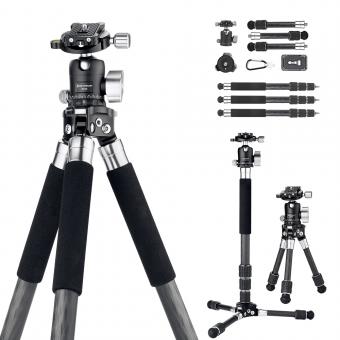




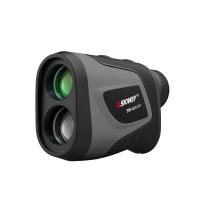

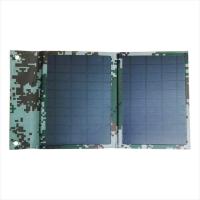


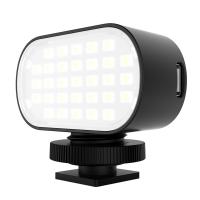






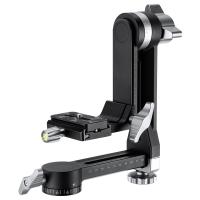




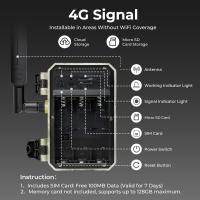


There are no comments for this blog.